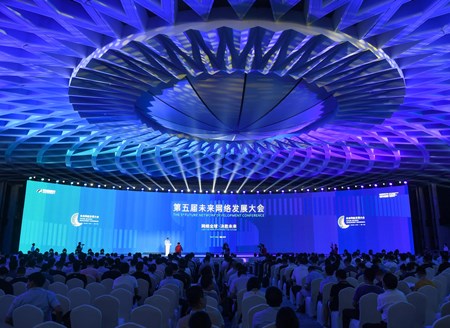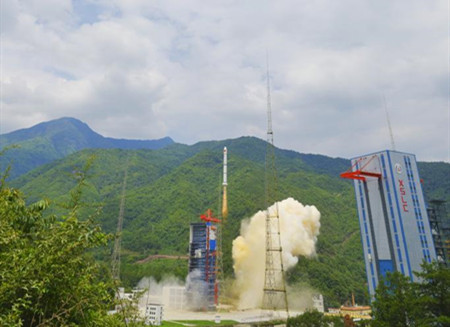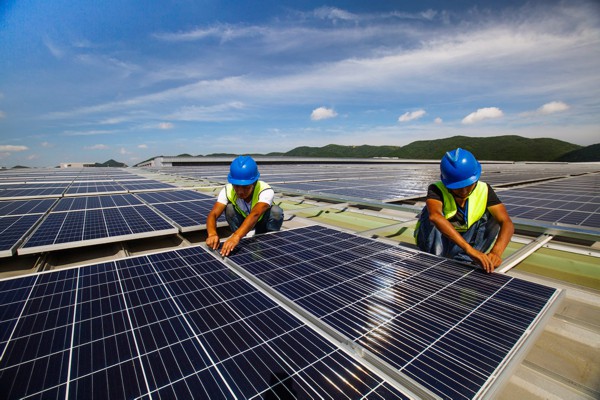
Workers install solar power generation panels in Zhoushan, East China's Zhejiang province, on July 9, 2018. [Photo by Yao Feng/For China Daily]
The United Nations has defined 2021 as a critical year to "reset our relationship with nature", calling for the international community to jointly cope with multiple crises, including climate change.
The UN Climate Change Conference (COP26) set to take place in Glasgow soon presents another opportunity for countries around the world to show bigger ambitions and more concrete steps to reverse the trend of global warming.
President Xi Jinping has been paying close attention to climate issues and has championed the global actions to fight climate change.
At the 76th session of the United Nations General Assembly held on Sept 21, Xi announced that China will end financing of coal-fired power plants abroad and redirect its support to green and low-carbon energy.
This has shown the country's greater commitment to tackling climate change and promoting greener development across the world.
A year ago at the general debate of the 75th session of UN General Assembly, Xi said that China aims to peak carbon dioxide emissions by 2030 and achieve carbon neutrality before 2060.
The pledge was hailed by Le Monde, a French newspaper, as "a ray of hope in a sky obscured by climate catastrophe".
If successful, according to the Climate Action Tracker, it would lower global warming projections by around 0.2 C to 0.3 C.
"China, as the world's largest developing country, will complete the world's most dramatic reduction in carbon emission intensity, and realize carbon neutrality from carbon peaking in the shortest time in global history," Xi said at the China-France-Germany video summit held in April.
It is estimated that the low-carbon commitment requires China to transition from reaching carbon peak to realizing carbon neutrality in 30 years, compared with 40 to 70 years taken by most developed countries.
In recent years, China has made arduous efforts to reduce its carbon footprint.
The country, now among the world's biggest investors in green energy, is increasing pace to shift to other renewable energy sources, including wind and solar.
The share of clean energy consumption accounts for 24.3 percent of total energy consumption, a rise of 17.7 percentage points from 1978.
On Oct 24, China unveiled a master plan on attaining carbon peak and carbon neutrality, which said the country aims to lift the share of non-fossil energy consumption to over 80 percent of the whole by 2060.
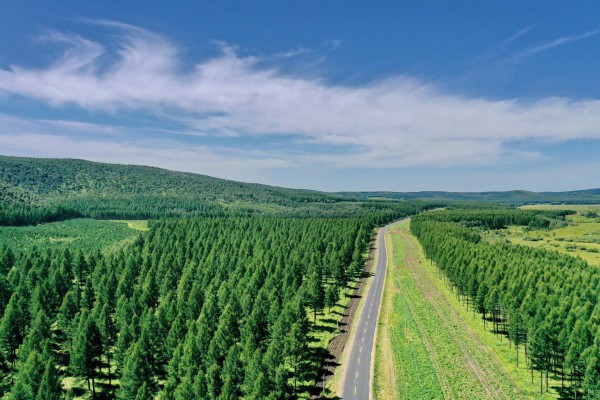
Aerial photo taken on Aug 23, 2021, shows the Saihanba forest farm in North China's Hebei province. Saihanba, which used to be a desert area, was transformed into a vast man-made forest after decades of afforestation efforts. [Photo/Xinhua]
In addition, China is the world's largest new energy vehicle market: by the end of May, the country had 5.8 million new energy vehicles on the streets, accounting for about half of the global total.
The country's carbon dioxide emissions per unit of GDP in 2020 were 48.4 percent lower than that in 2005, over-delivering on its greenhouse gas emissions reduction target by 40-45 percent.
In July, China's national carbon market, the world's largest by volume of emissions, was launched. The carbon trading system allows firms that exceed the emission caps buy emission quotas from others with a lower carbon footprint.
A total of 2,225 power firms are included in the project, accounting for over 40 percent of the country's emissions. More fields, such as steel and aluminum production sectors, will be included in future carbon trading.
Meanwhile, the country's massive afforestation campaigns in recent decades have proved effective in absorbing and storing carbon dioxide.
Billions of trees have been planted, with China's forest coverage growing from only 8.6 percent in 1949 to about 23 percent in 2020.
Satellite images show that from 2000 to 2017, China contributed a quarter of the world's newly forested land.
A study published in the Nature journal last year shows that China's land biosphere is responsible for absorbing 45 percent of the country's carbon emissions annually during 2010-2016, thanks to the country's fast growing forest areas.
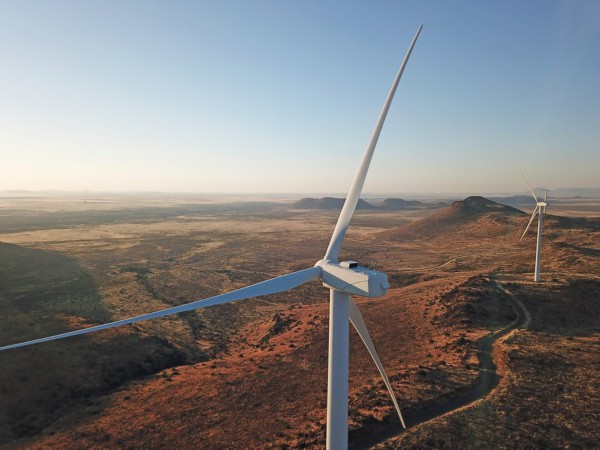
Photo taken on July 27, 2020, shows the De Aar wind power project in South Africa. The wind farm, which went into operation in 2017, was the first of its kind to be invested, constructed and operated by a Chinese enterprise in Africa. [Photo/Xinhua]
International cooperation
"The rise or fall of a society is dependent on its relationship with nature if we see it from a historical perspective," Xi said at the opening ceremony of the International Horticultural Exhibition 2019 in Beijing.
"Faced with unprecedented challenges in global environmental governance, the international community needs to come up with unprecedented ambition and action," said Xi at the Leaders' Summit on Climate held in April.
Under Xi's leadership, China has done its best to help developing countries build capacity against climate change through South-South cooperation – from remote sensing satellites for climate monitoring in Africa to low-carbon demonstration zones in Southeast Asia and to energy-efficient lights in small island countries.
China launched an international green development coalition in 2019, which is tasked with integrating sustainable development with the Belt and Road Initiative's priorities, with more than 130 partners involved.
Addressing the opening ceremony of the Boao Forum for Asia Annual Conference 2021, Xi urged Asian countries to strengthen cooperation on green infrastructure, green energy and green finance, and to make green a defining feature of Belt and Road cooperation.
At a video summit with French President Emmanuel Macron and German Chancellor Angela Merkel, Xi called on the European Union to work together with China to strengthen China-EU green partnership.
Xi quoted a Chinese saying at the Leaders' Summit on Climate, "When people pull together, nothing is too heavy to be lifted." Countries are expected to work together with solidarity and mutual assistance in tackling climate change and leave a clean and beautiful world to future generations.


